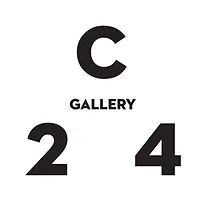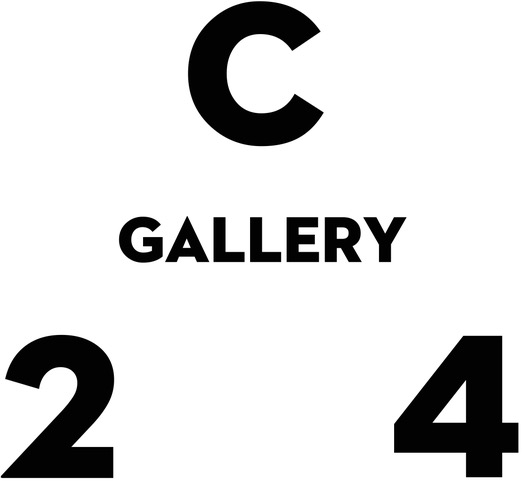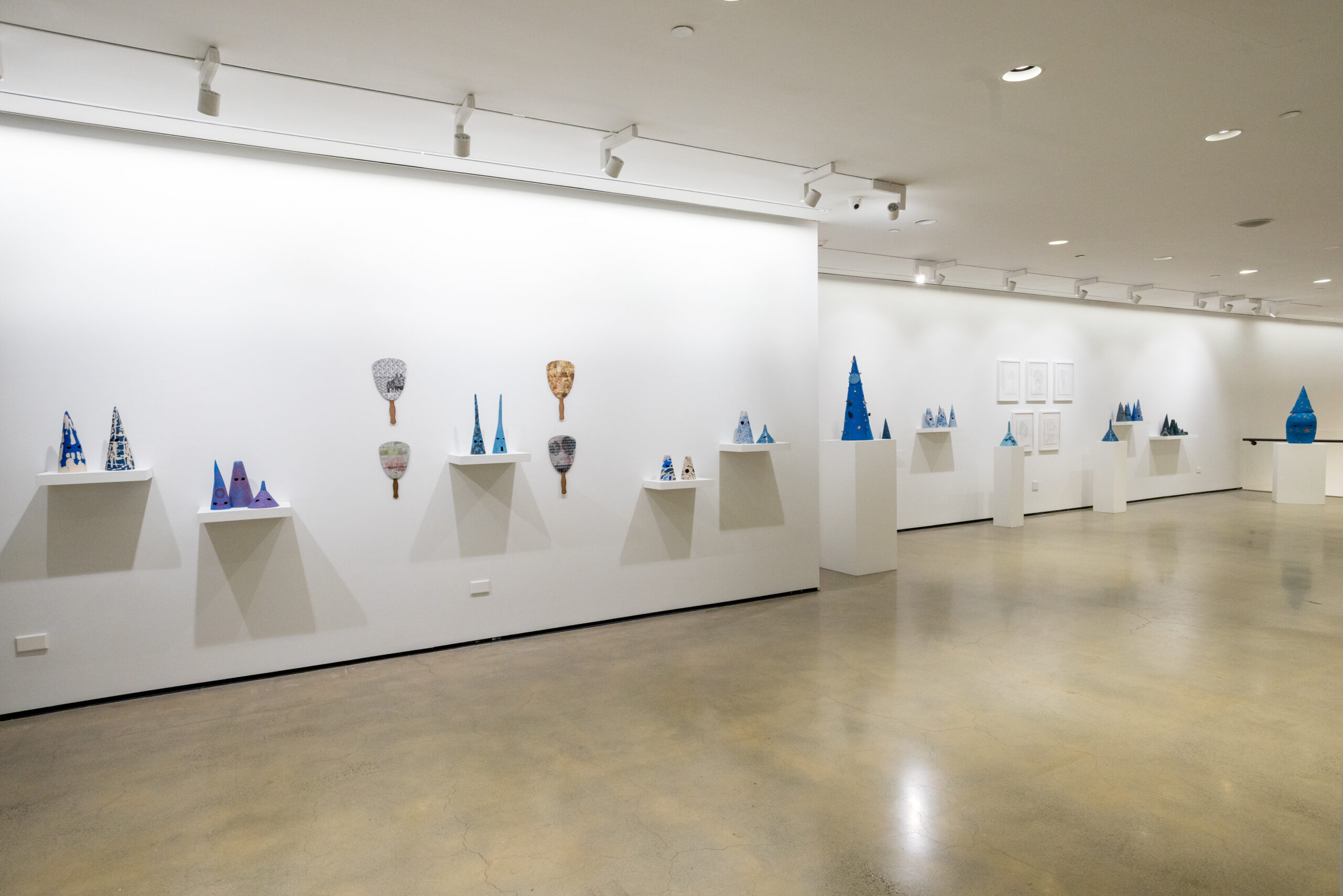Exploring Identity and Cultural Dichotomies with Brendan Lee Satish Tang at C24 Gallery

C24 Gallery - Chelsea, NYC 560 W 24th Street New York, NY 10011

On a suspiciously quiet Thursday evening near the Chelsea piers, the streets are bathed in fading sunlight, the day prematurely surrendering to dusk. The crowd of gallery


